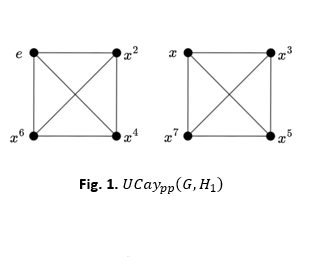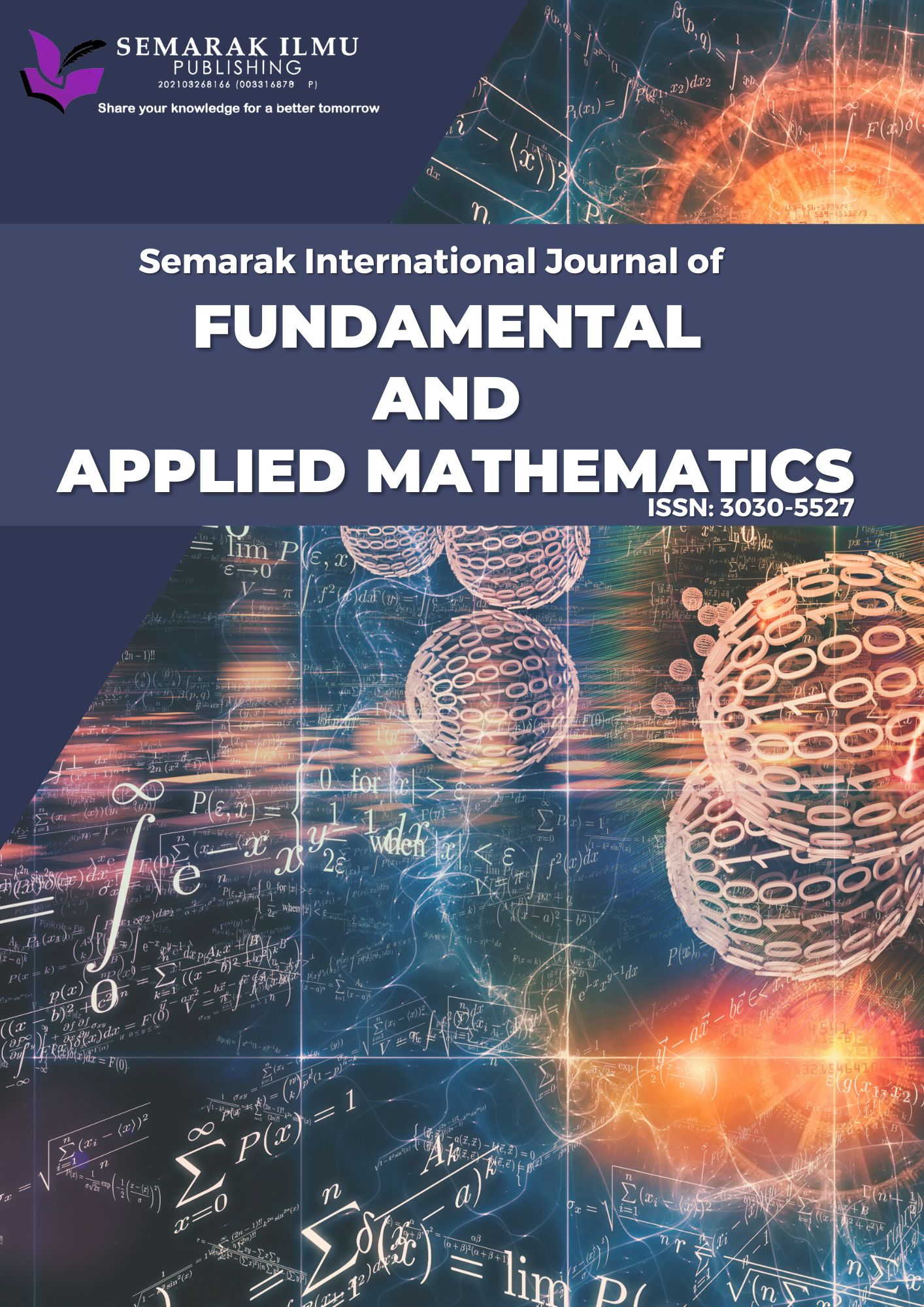The Union Prime Power Order Cayley Graph of Certain Cyclic Groups and their Topological Indices
DOI:
https://doi.org/10.37934/sijfam.4.1.3247bKeywords:
Cayley graph, Cyclic group, Topological indices, Wiener index, Zagreb indicesAbstract
Cayley graph is a variation of graphs that focuses on constructing and analyzing graphs using algebraic structures. Meanwhile, topological indices of graphs are numerical values that reflect various aspects of the graphs’ structure. Over the years, many variants of Cayley graphs have been constructed due to the significance of understanding the order of elements within a group’s subset but not on the union of subsets with specific order of elements. In this paper, a new variant of Cayley graph, namely the union prime power order Cayley graph of a group with respect to subset is formed by combining all possible subsets of . In addition, the union prime power order Cayley graph is constructed for cyclic groups of order and , where is a prime, and their generalizations are determined. Moreover, the topological indices, which are the Wiener index, mean distance, first Zagreb index, and second Zagreb index are also computed for these graphs. Existing definitions and theorems of Cayley graphs and topological indices are analyzed to define the new variant of the Cayley graph and establish the general form of its topological indices.









